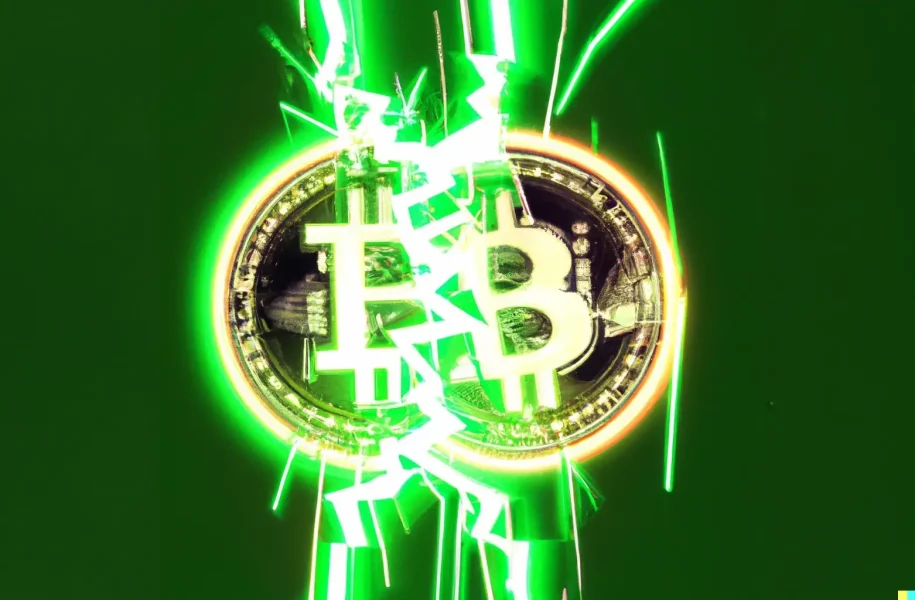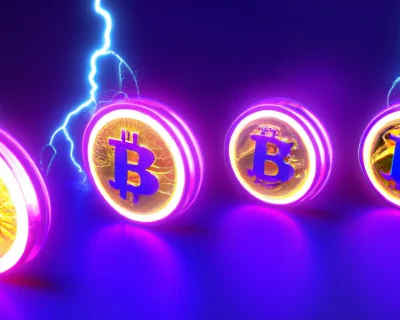Bitcoin Halving: What It Means for Users and Adoption

With the impending Bitcoin halving capturing global attention and influencing BTC's price, it's crucial to provide a balanced perspective on the matter.
This piece is part of CoinDesk’s comprehensive coverage of the “Future of Bitcoin,” coinciding with the fourth Bitcoin halving event scheduled for April 2024.
David Bailey, Chief Marketing Officer at Azteco, shares insights on the halving’s significance.
Primarily, the halving represents a routine adjustment in the rewards received by miners who process Bitcoin transactions. Similar to conventional electronic payments, Bitcoin transactions require processing, handled by a network of miners who validate and record transactions on the blockchain. These miners receive rewards in the form of block rewards and network transaction fees.
The upcoming halving, reducing block rewards by half, is a predetermined aspect of Bitcoin’s design aimed at regulating the issuance of new bitcoins until the maximum supply of 21 million is reached. While this decreases block rewards, it substantially impacts network transaction fees, emphasizing Bitcoin’s finite supply.
Bitcoin’s comparison to “digital gold” underscores its fixed supply of 21 million bitcoins and infinite divisibility, distinguishing it from physical gold. The halving reinforces Bitcoin’s limited supply and increasing demand, driving its long-term price appreciation.
READ MORE: Altcoins Set for Surge, Bitcoin Eyes New Record High,According to Popular Analyst
In the immediate aftermath, the halving is expected to drive consumer adoption of lower-cost transaction processors, such as the Lightning Network. This second-layer network facilitates almost instantaneous peer-to-peer Bitcoin transactions at minimal fees, appealing to everyday users and accelerating consumer adoption.
While on-chain transactions remain relevant for large-scale transactions, the transition to second-layer networks will alleviate network congestion, encouraging higher transaction volumes. This shift towards efficient transaction processing enhances Bitcoin’s usability and accessibility, particularly for financially underserved populations globally.
Ultimately, the halving’s promotion of second-layer networks like Lightning contributes to Bitcoin’s evolution into a faster, more reliable, and cost-effective currency, making it an attractive solution for everyday spending and personal savings.














